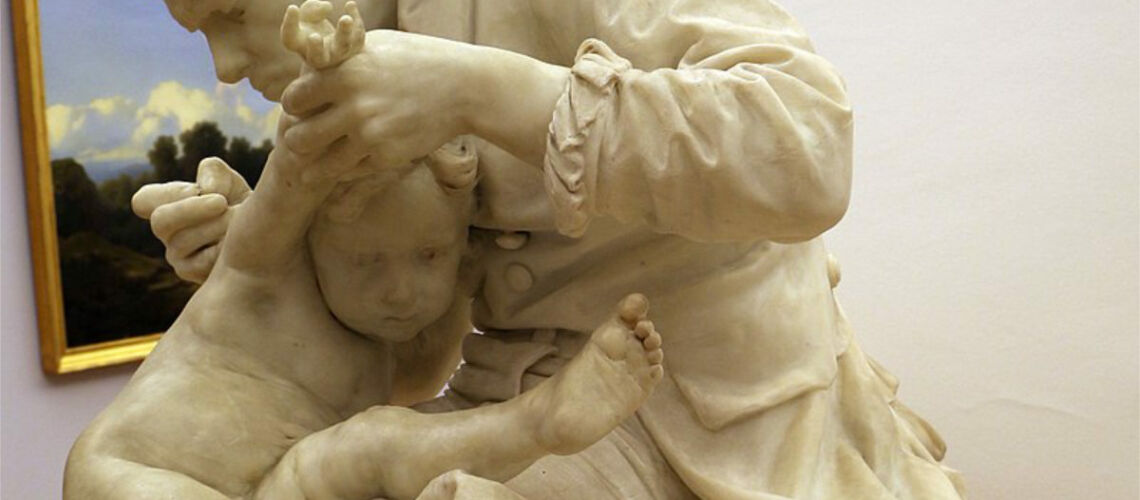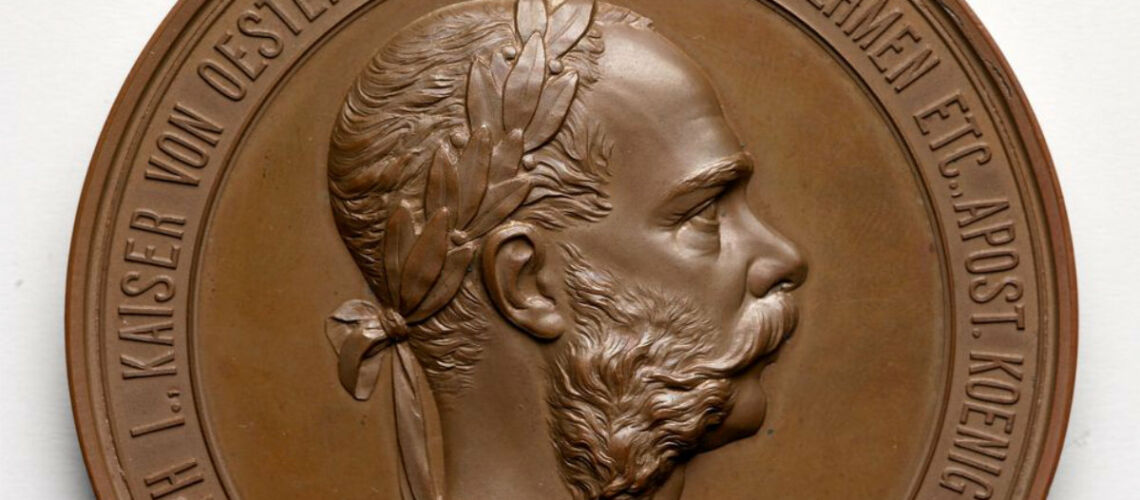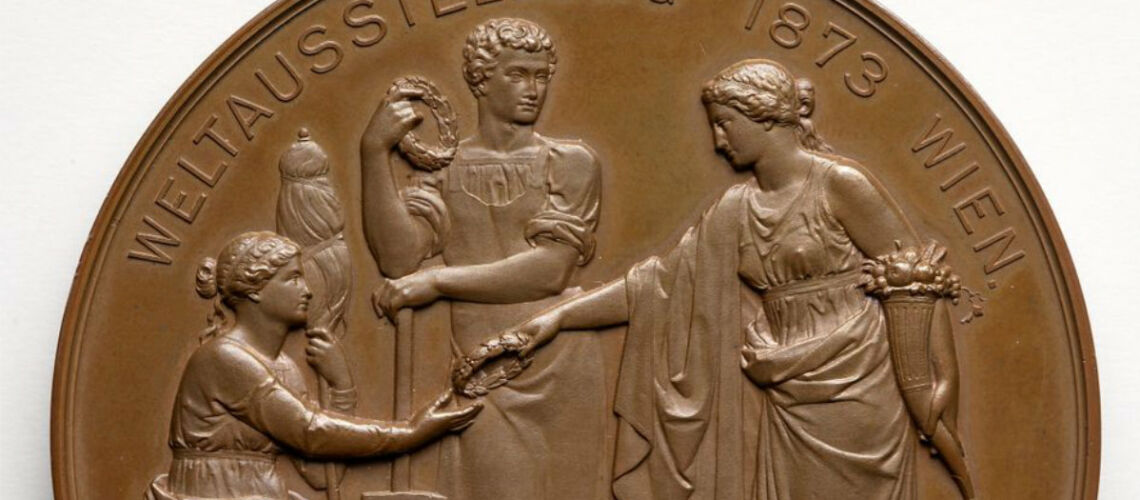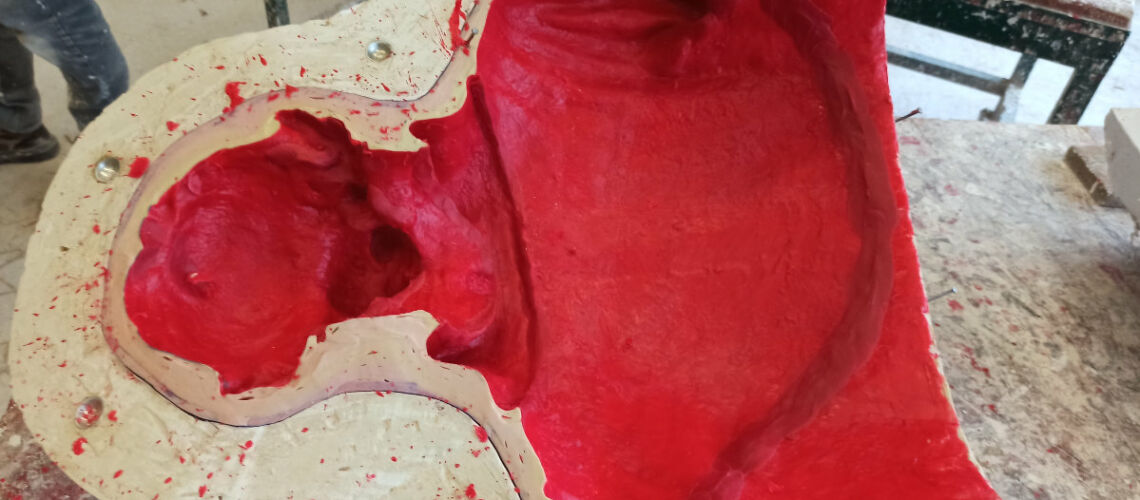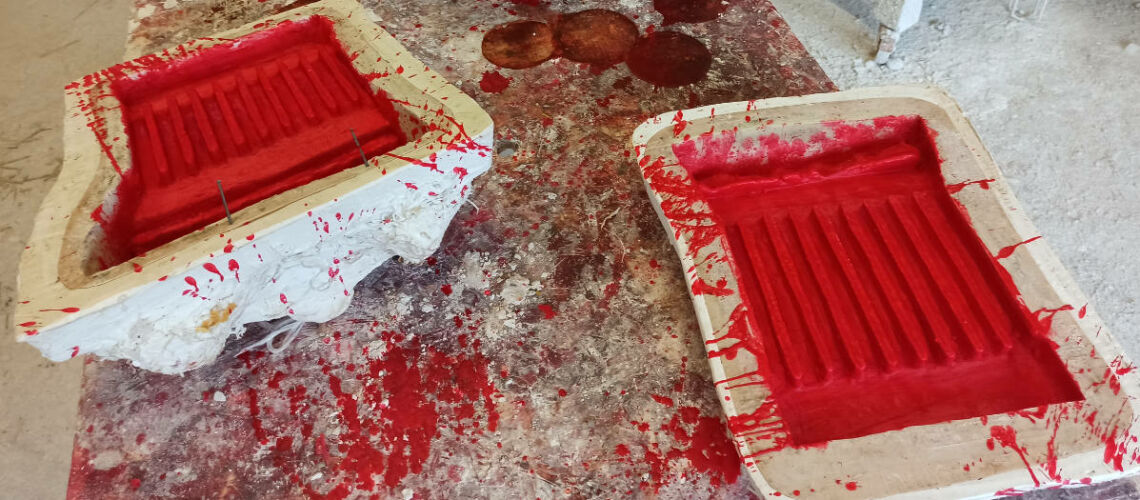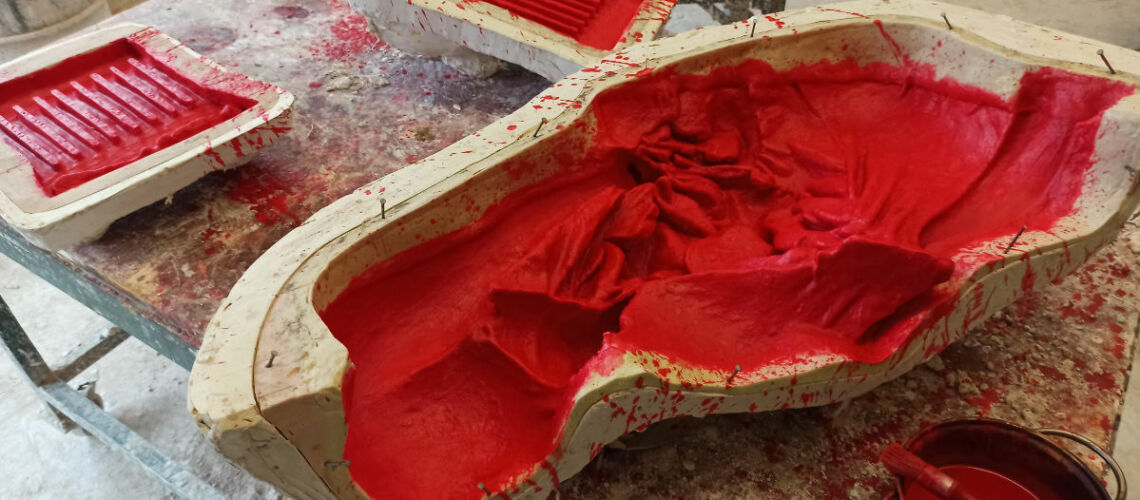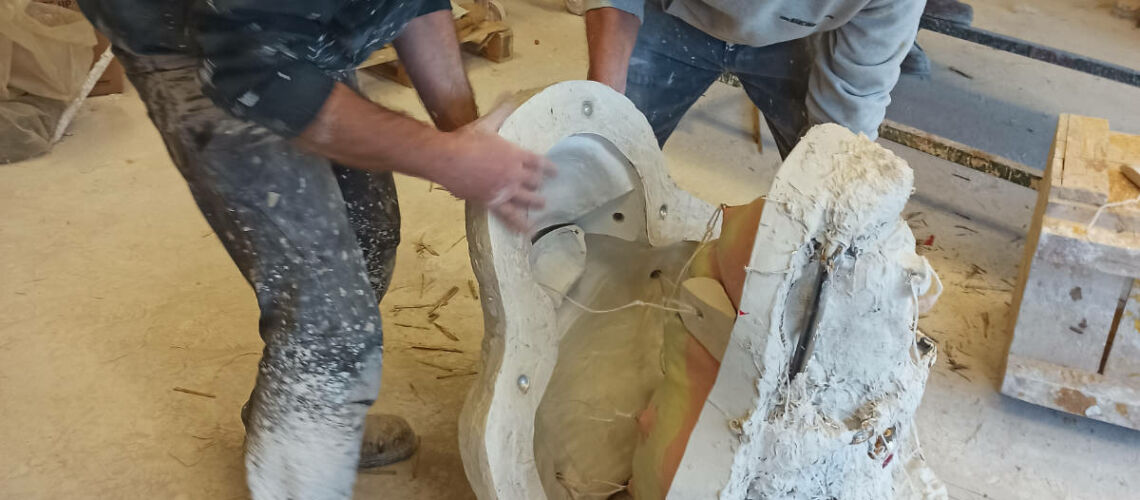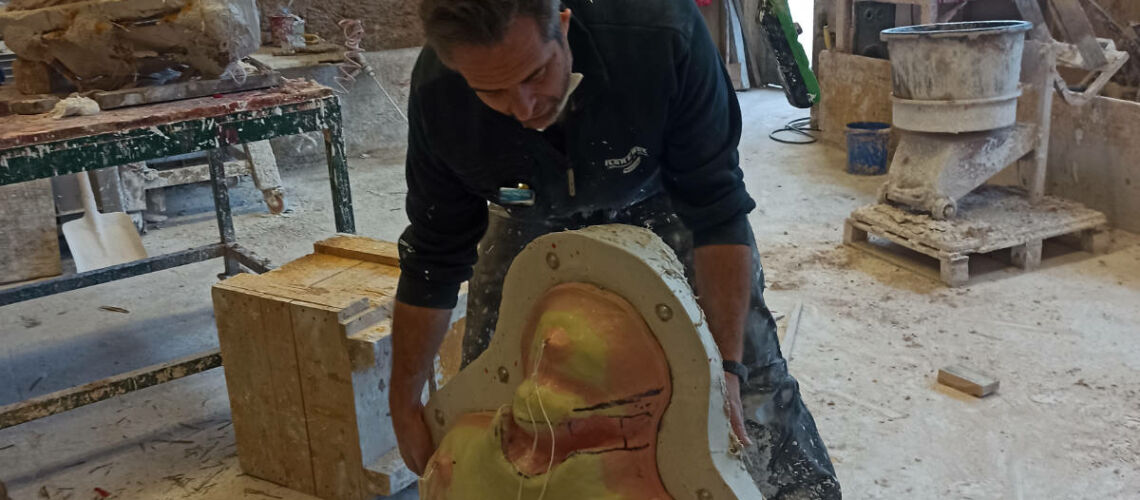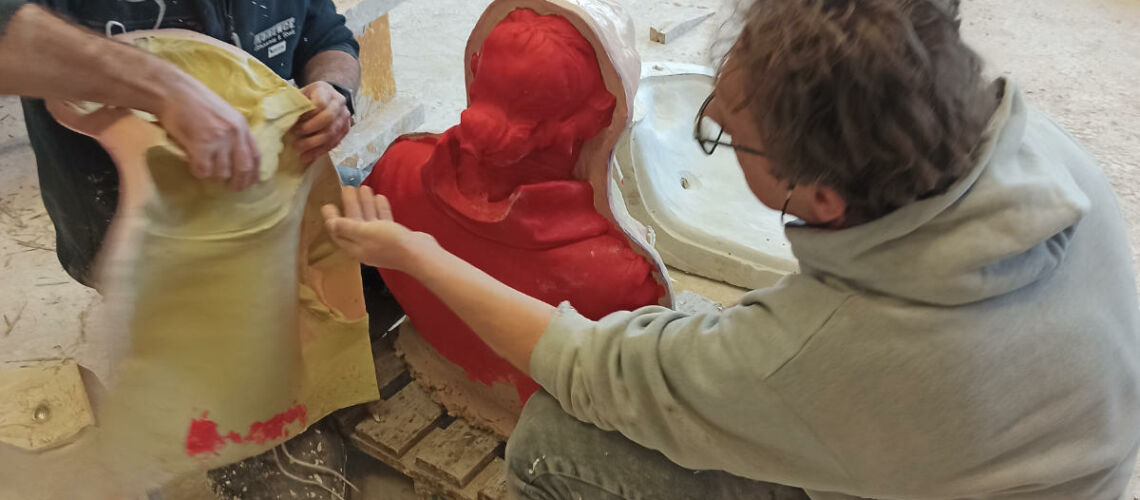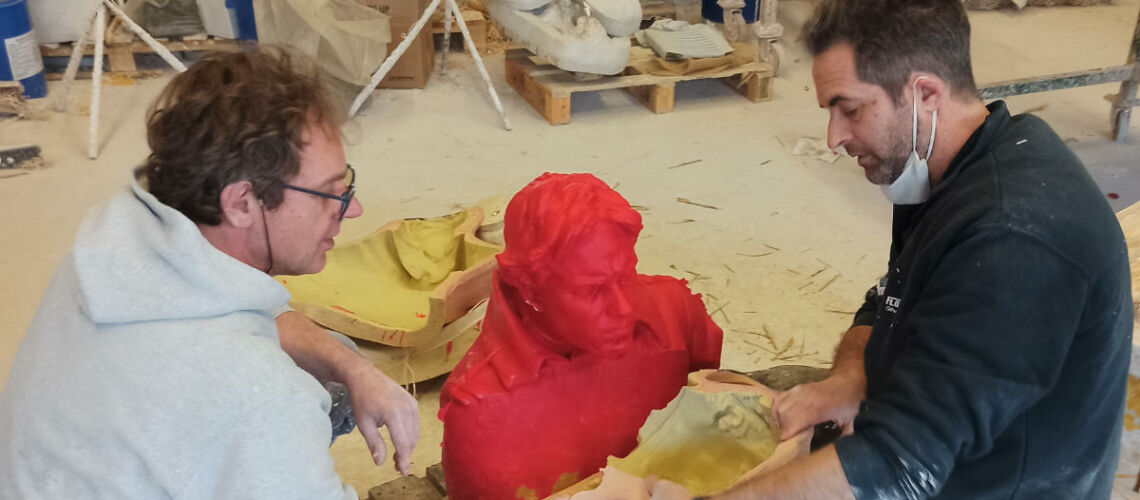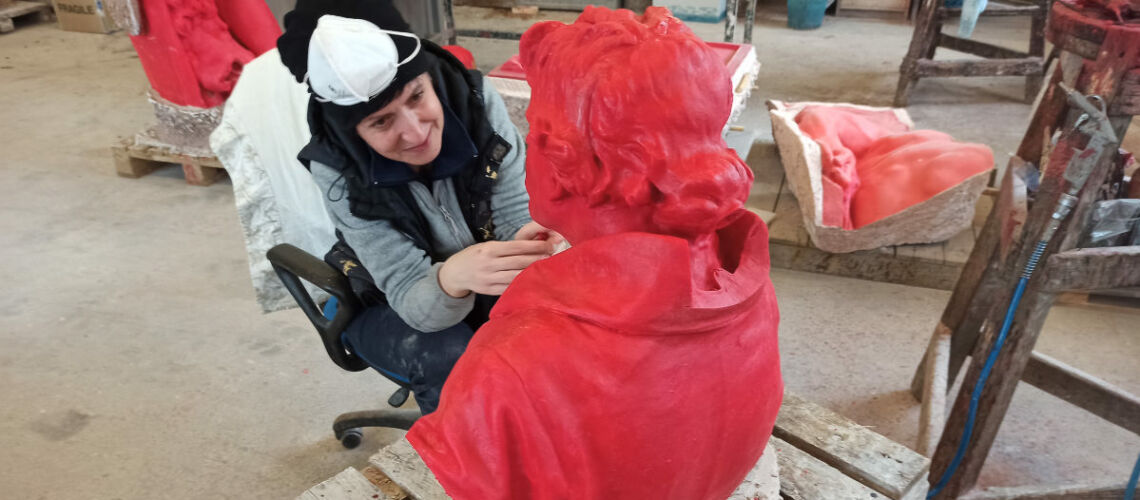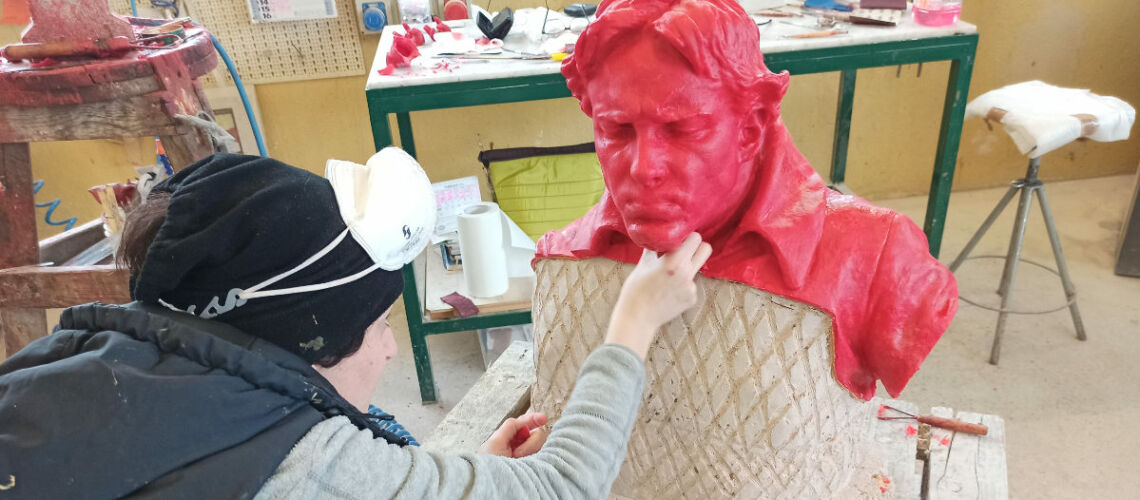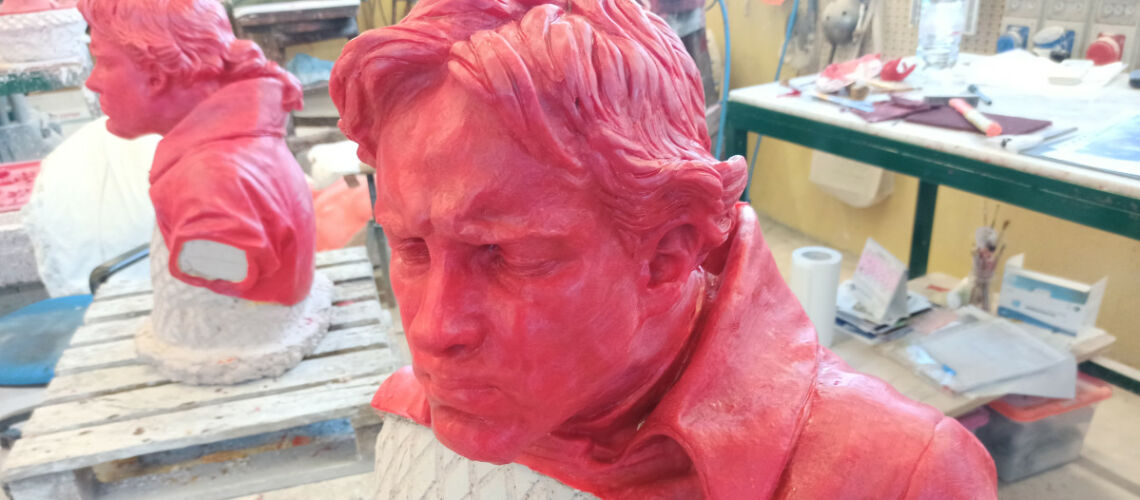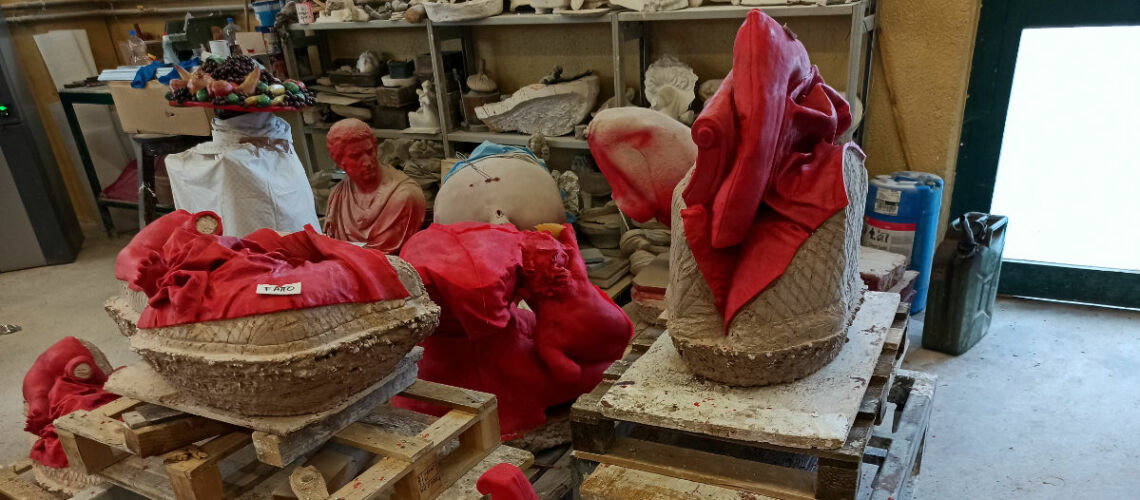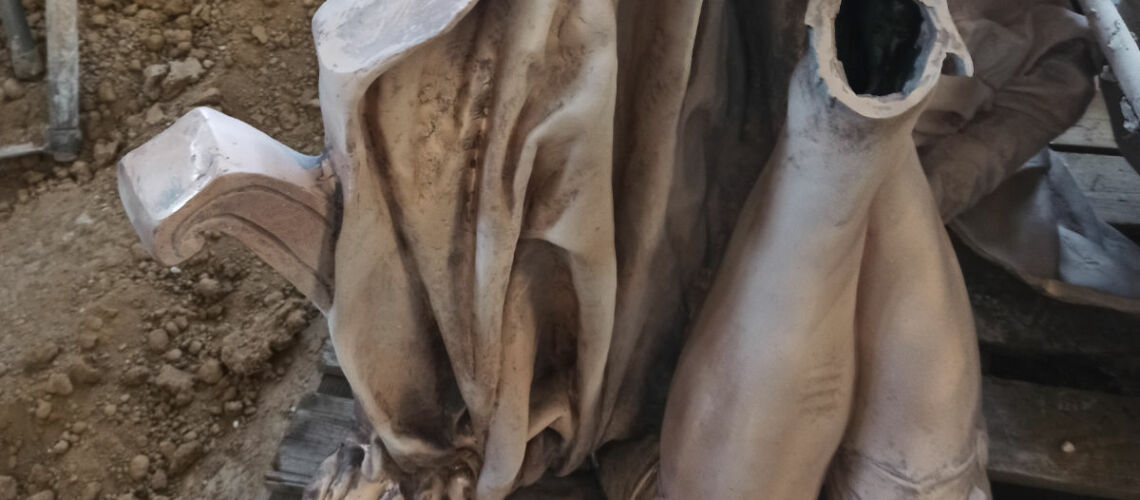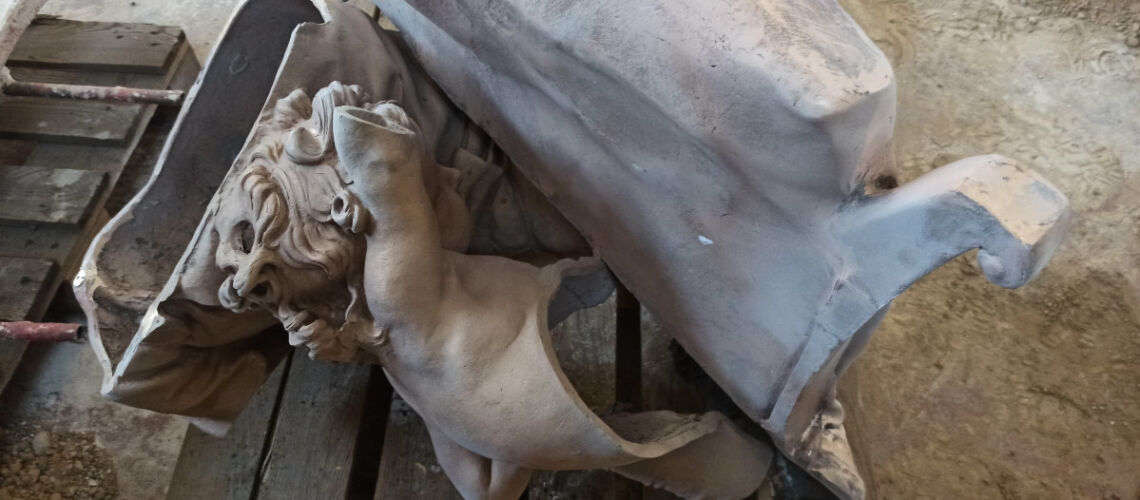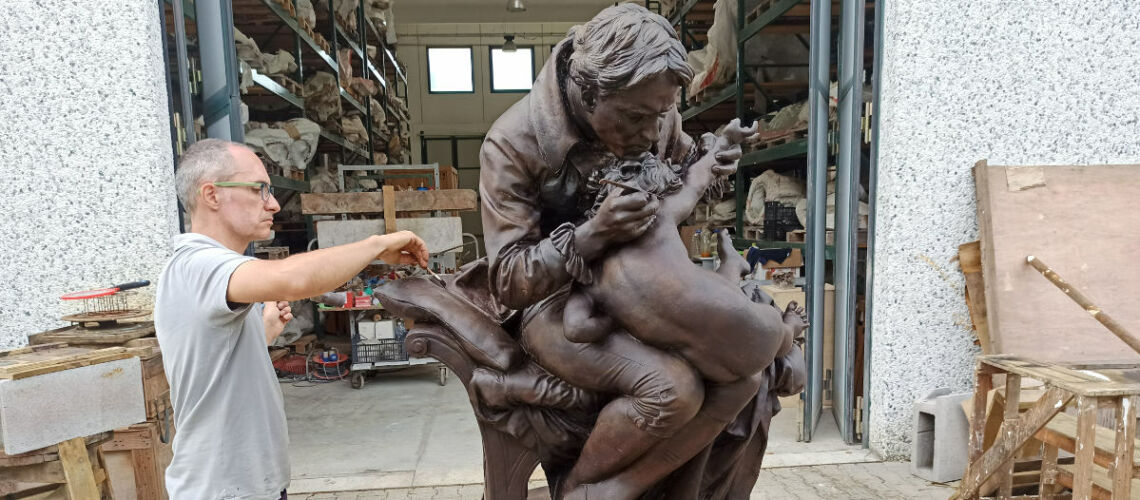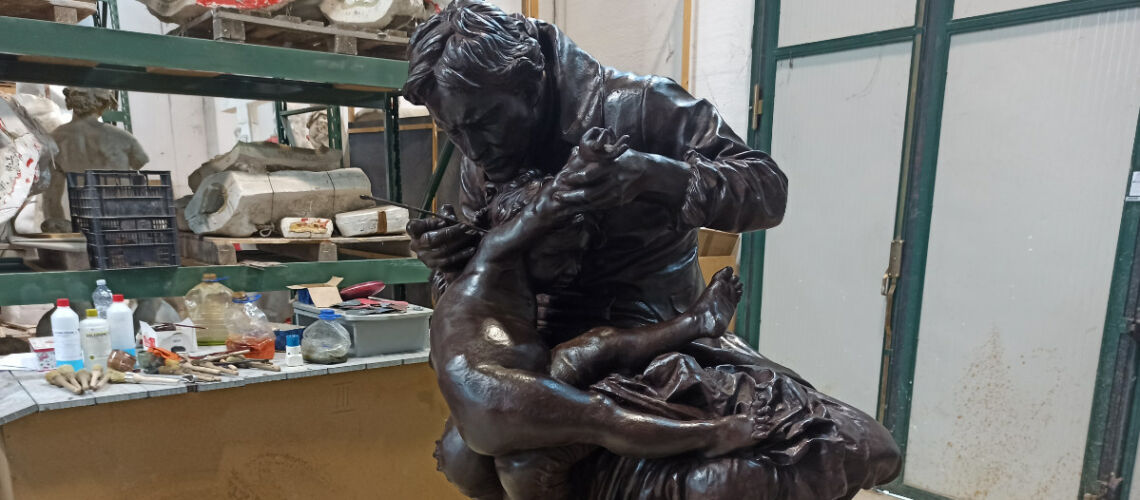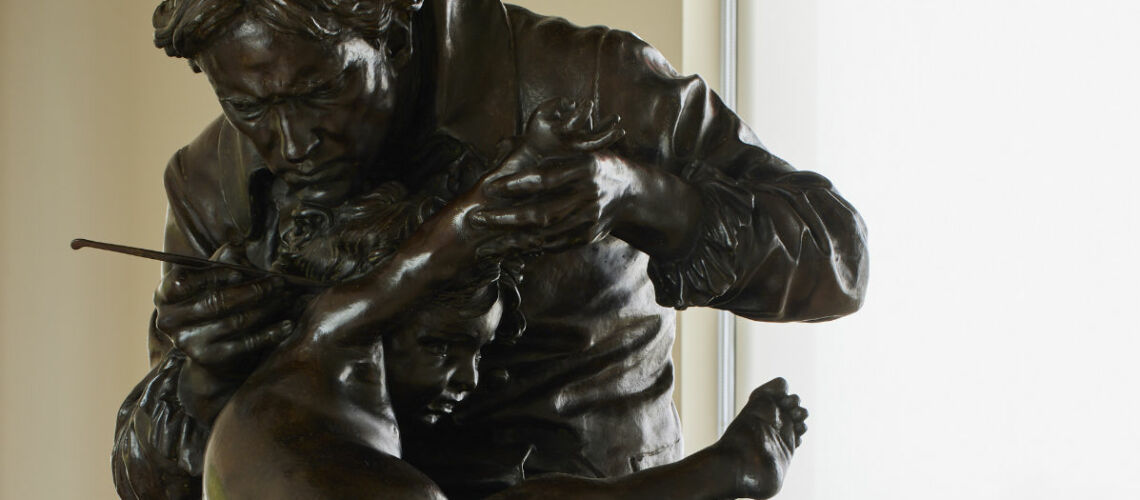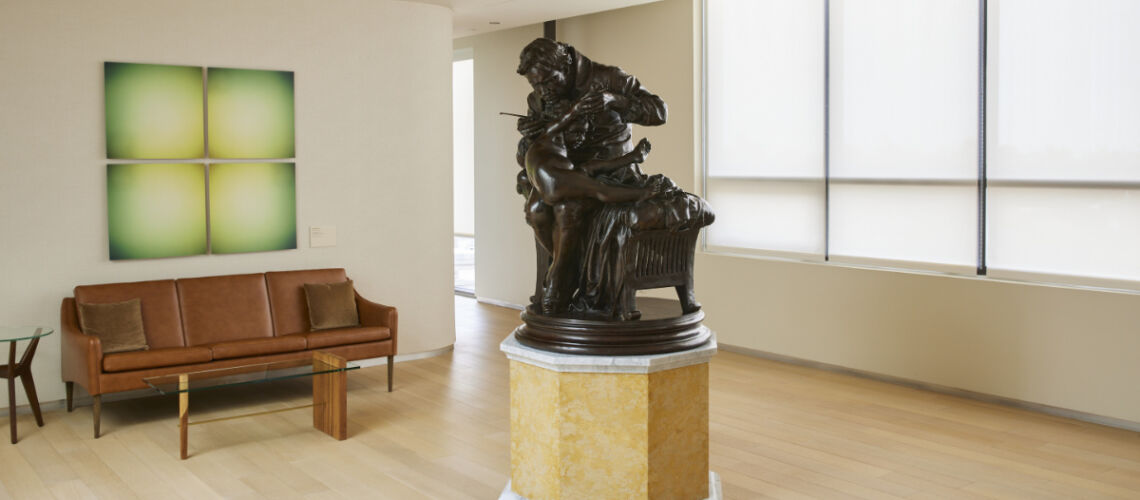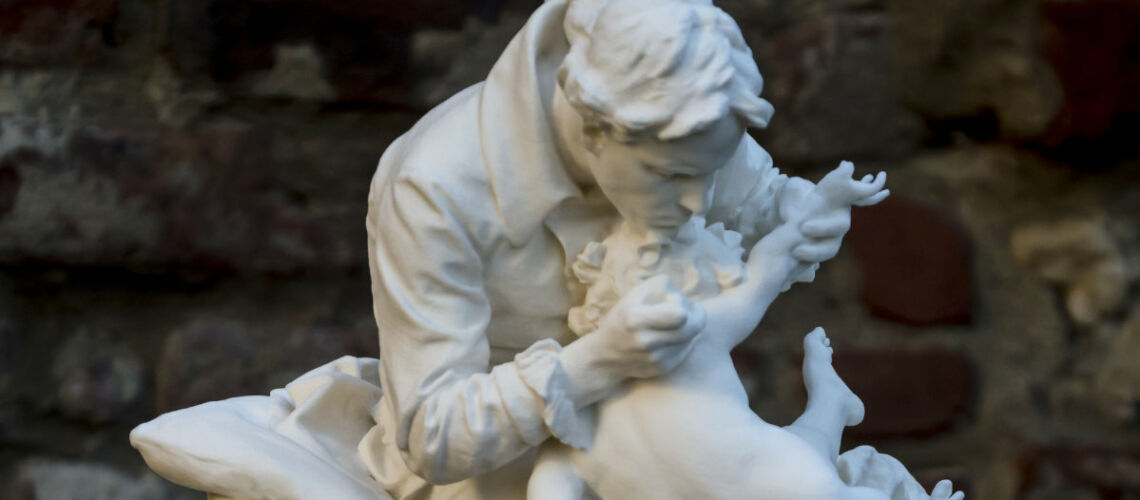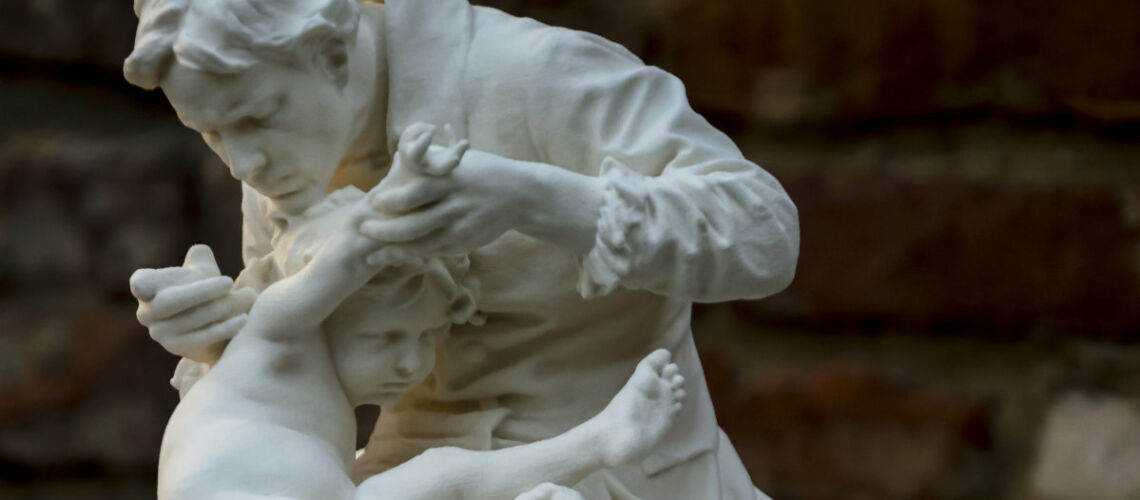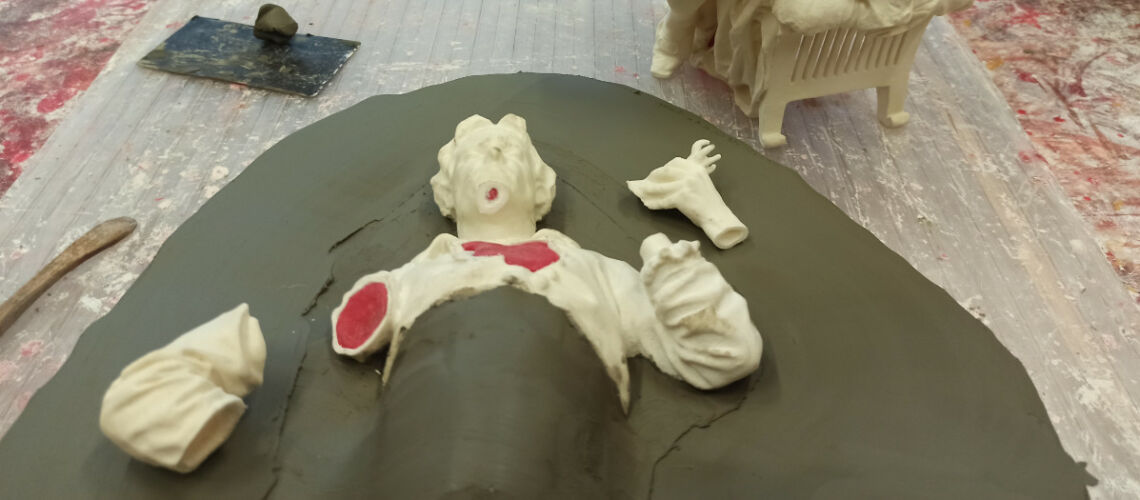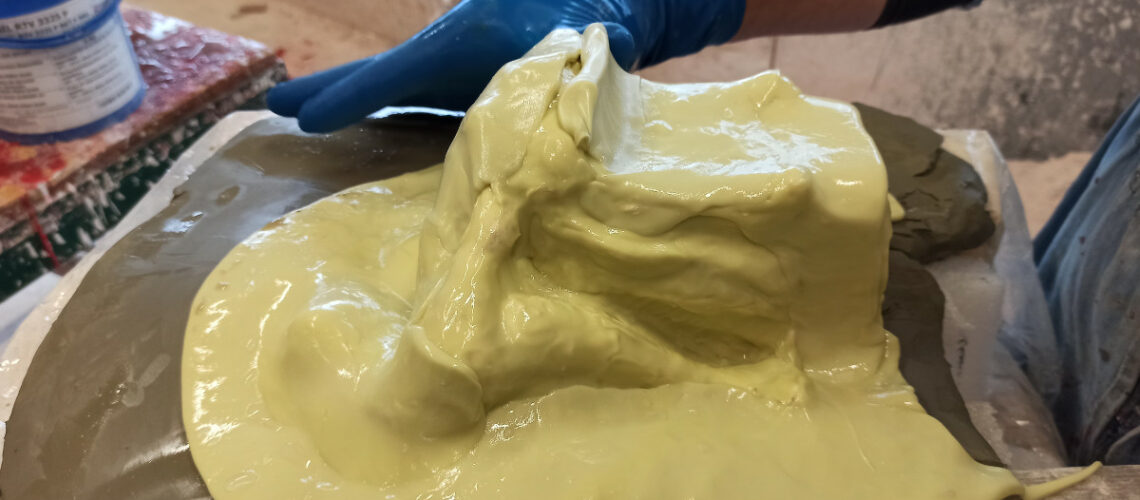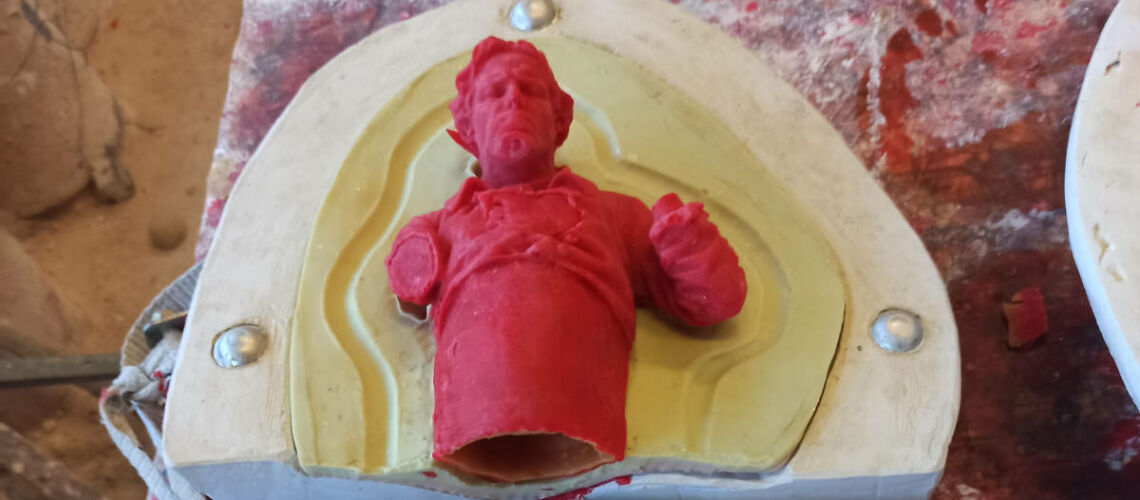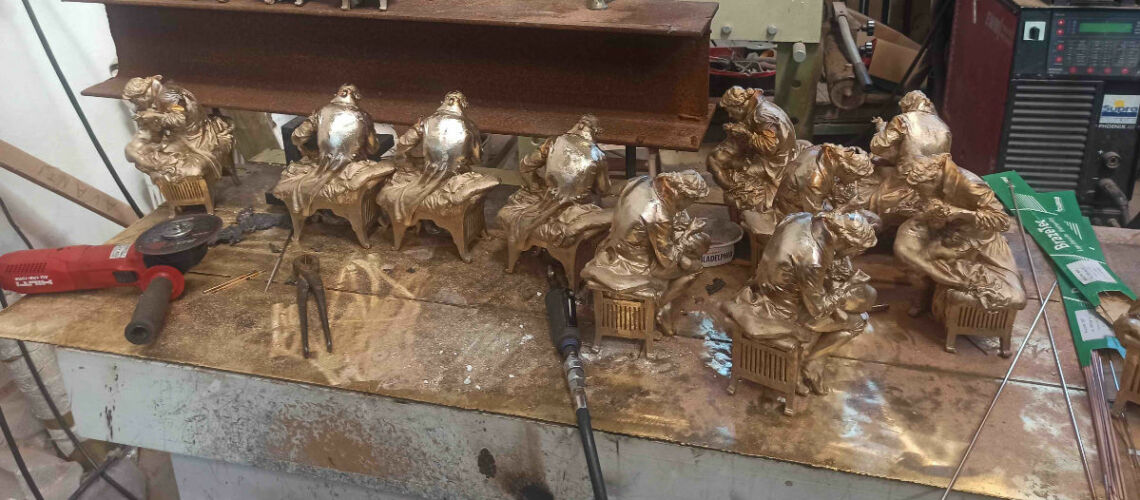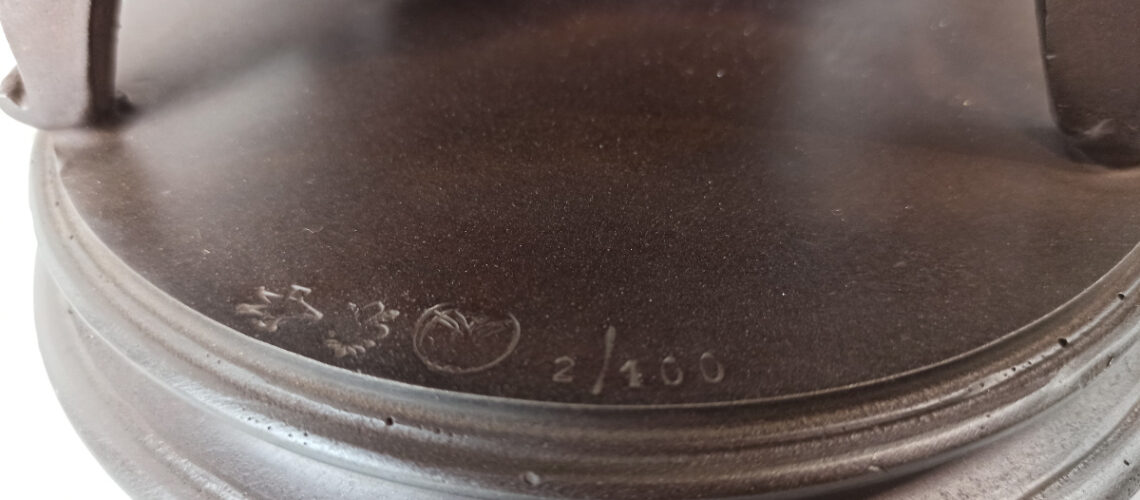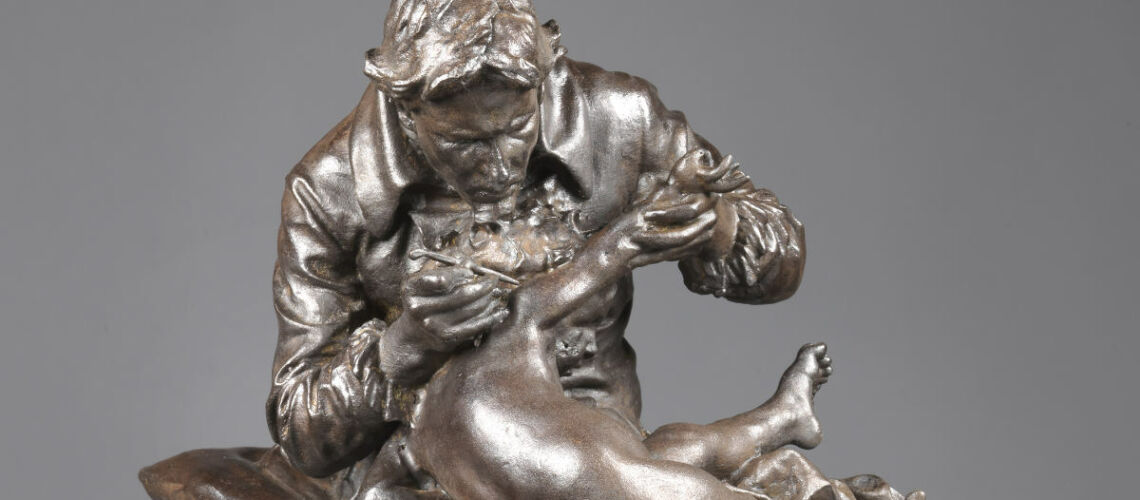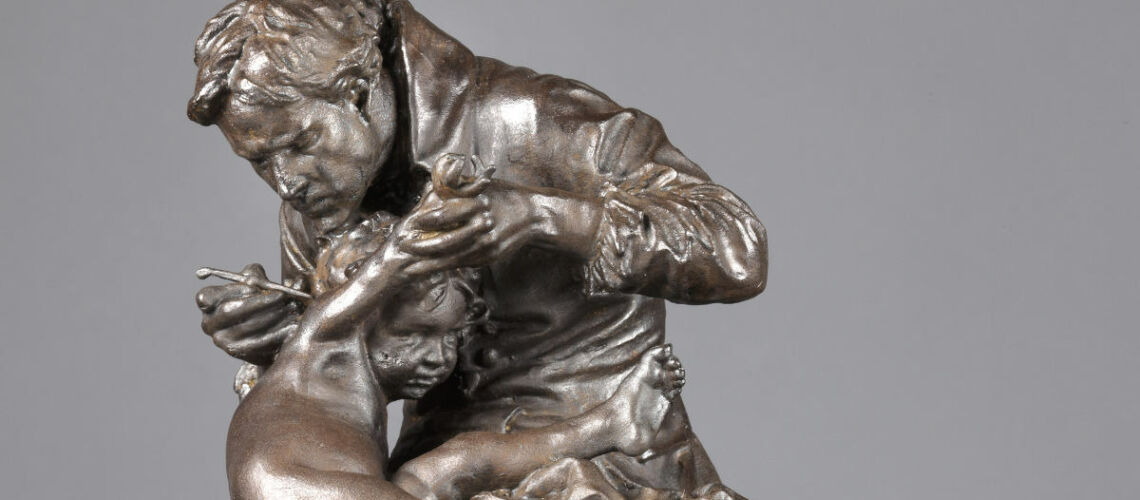The vaccine by Edward Jenner and the sculpture by Giulio Monteverde
Part II
The sculptor Giulio Monteverde creates a small great masterpiece with this model:
Jenner’s celebratory statue is very complex and represents the character who is inoculating the child with the vaccine. The light glides over the child’s naked body without creating intense chiaroscuro. Instead the doctor’s clothes and the drapery at the bottom of the sheet that falls to the ground are more evident and graphic. Furthermore, his hands are clearly highlighted by the contrast between light and shadow.
In the statue of Jenner who inoculates the child with the smallpox vaccine, Monteverde manages to make the emotions at stake appear immediately clear and transmits them to the viewer:
the child is naked, his skin is smooth, without wrinkles, and allows the light to slip through without creating strong chiaroscuro, which, together with his being at the center of the sculpture, is the focal point of the work.
Jenner, on the other hand, with the dress and with the fabric that descends from the cushion to the ground, has strong chiaroscuro, which highlights its tension, and which, although it is the largest figure, places the figure in the background.
The doctor’s attitude is concentrated and decisive, he is certain of his new theory, but he must overcome the fear of the doctors and the population; the child perceives his fear and is fearful in turn, even if he cannot fight back.
Monteverde wanted to express the courage, determination, and heroic nature of the gesture, if the child is actually his son as legend has it, and the certainty of his science, which in an instant surpasses the clichés of the people and other doctors.
The sculpture was commissioned, after the sculptor had sent it to the Universal Exhibition in Vienna in 1873, where it won the gold medal, by the Duchess of Galliera Maria Brignole Sale de Ferrari, a great philanthropist for the city of Genoa .
Upon her death, the Duchess bequeathed the work by testamentary bequest and since 1884 it has been in the collections of the Galleria d’Arte Moderna in Genoa.
As has been described, the Monteverde sculpture is three-dimensionally complex, with many undercuts that would have made the bronze casting extremely challenging. It was therefore necessary to dissect the model into many parts, studied in such a way as to guarantee the perfect result of these in the lost wax casting in bronze.
We continued with the execution of the negative casts in silicone resin and plaster mother mold of each sectioned part of the model, using a special type of liquid silicone that guaranteed the “reading” of every detail of the sculpture and its surface.
From these we obtained the hollow waxes of the thickness that would have been necessary to have in bronze.
Once the waxes have been extracted from the negative forms,
have moved on to the delicate stage of retouching.
It was necessary to reassemble all the wax parts to find the whole model, checking that they all matched perfectly, and the wax parts retouched,
After other passages and firings they were cast in bronze, obtaining the raw castings identical to the waxes themselves
One of the two bronze sculptures is patinated.
The finished sculpture, waiting to be shipped to the customer.
The sculpture is then installed on the marble base, created by Studio Bazzanti, at the Lawrence J. Ellison Institute in Los Angeles.
Le miniature
The client asked us to create a small model of the sculpture. Our sculptor Eleonora Villani get down to work and after a long time she obtained a perfect reduction of Monteverdi’s “Jenner”.
This model has also been dissected into several parts,
From which the negative silicone and plaster mother molds were made,
From which all the small parts in hollow wax were obtained.
The tiny wax parts were reassembled to obtain a complete wax replica, on which a negative mould of the complete model was made, from which the bronze casting was obtained, which, cleaned and chiseled with particular care, became the model for the subsequent 100 replicas.
The number of replicas is limited, and each specimen is numbered in cents, and is stamped with the logo of the Ferdinando Marinelli Foundry and of the company that ordered the replicas (EITM).
The marble bases are made, then the sculptures are patinated and the Carrara marble base is applied.

